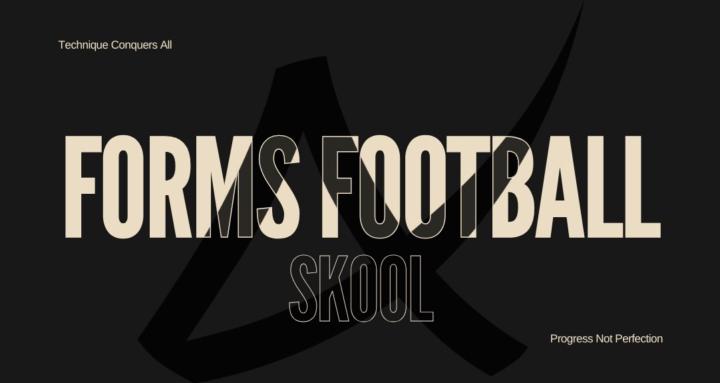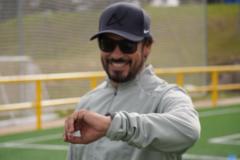
Write something
Whitepaper: Dual-Task Overload and Neural Adaptation in Youth Football Development
Community Feed Post: Executive Summary At first glance, the dribble–tennis ball wall exercise looks messy. Players freeze, mis-sequence, under-hit passes, or even throw the tennis ball instead of striking the football. But these short-circuits aren’t failures — they are proof the brain is learning under strain. Here’s what the science shows: 1. Short-term: Mistakes sharpen error awareness, accelerate weak-foot calibration, and teach players to split attention while staying composed. 2. Long-term: Repetition builds automaticity, bilateral dexterity, anticipation, and resilience under pressure. Players stop panicking in chaos because their nervous systems have been rewired to thrive in it. 3. Why it matters: Traditional drills look clean in practice but fail in matches. This exercise embraces chaos and error, ensuring skills transfer to real competition where attention is always divided. At Forms Academy, we use this drill to demonstrate our methodology: football is not about rehearsed neatness but about training the brain to perform under the realities of the game. The full module, with expanded analysis, research references, and parent-friendly PDF, is now live in the Classroom under Whitepapers & Research → Training the Brain, Not Just the Feet. Discussion prompt: - Parents: How do you react when your child looks awkward or makes repeated mistakes in training? - Coaches: Are you comfortable letting players look messy in practice if it produces resilience in games? - Where in matches have you seen hesitation, weak passes, or freezes that mirror what happens in this drill?
3
0
White paper: Why Most Youth Footballers Plateau at Age 12
Community Feed Post: Executive Summary Most young players hit a developmental wall around age 12. It looks like talent is drying up, but in reality, it’s a failure of methodology. Three problems cause the plateau: 1. Missed sensitive periods (ages 6–12 when brains are most primed for skill learning) - skills like coordination and ball mastery aren’t fully built before the brain hardens. 2. Tactical overload too early — players are asked to memorize systems their brains aren’t ready for, killing creativity. 3. Subjective evaluation — growth is judged by opinion instead of science, leaving players and parents guessing. At Forms Academy, we solve this with the FORMAX 5x5 model, which aligns training with brain science and gives clear, measurable progression. Our players don’t plateau at 12. They accelerate. The full module with expanded text, PDF, and research references is now live in the Classroom under Whitepapers & Research → Why Most Youth Footballers Plateau at Age 12. Discussion prompt: - Parents: At what age did you notice your child’s development slow or plateau? - Coaches: Where have you seen premature tactical overload hurt growth? - Which FORMAX domain do you think your player is strongest in? Where is there room to grow?
2
0
1-2 of 2
powered by

skool.com/forms-football-skool-9380
The official community of Forms Academy. Where parents & coaches learn the science, systems, & philosophy that raise elite youth footballers (soccer).
Suggested communities
Powered by
